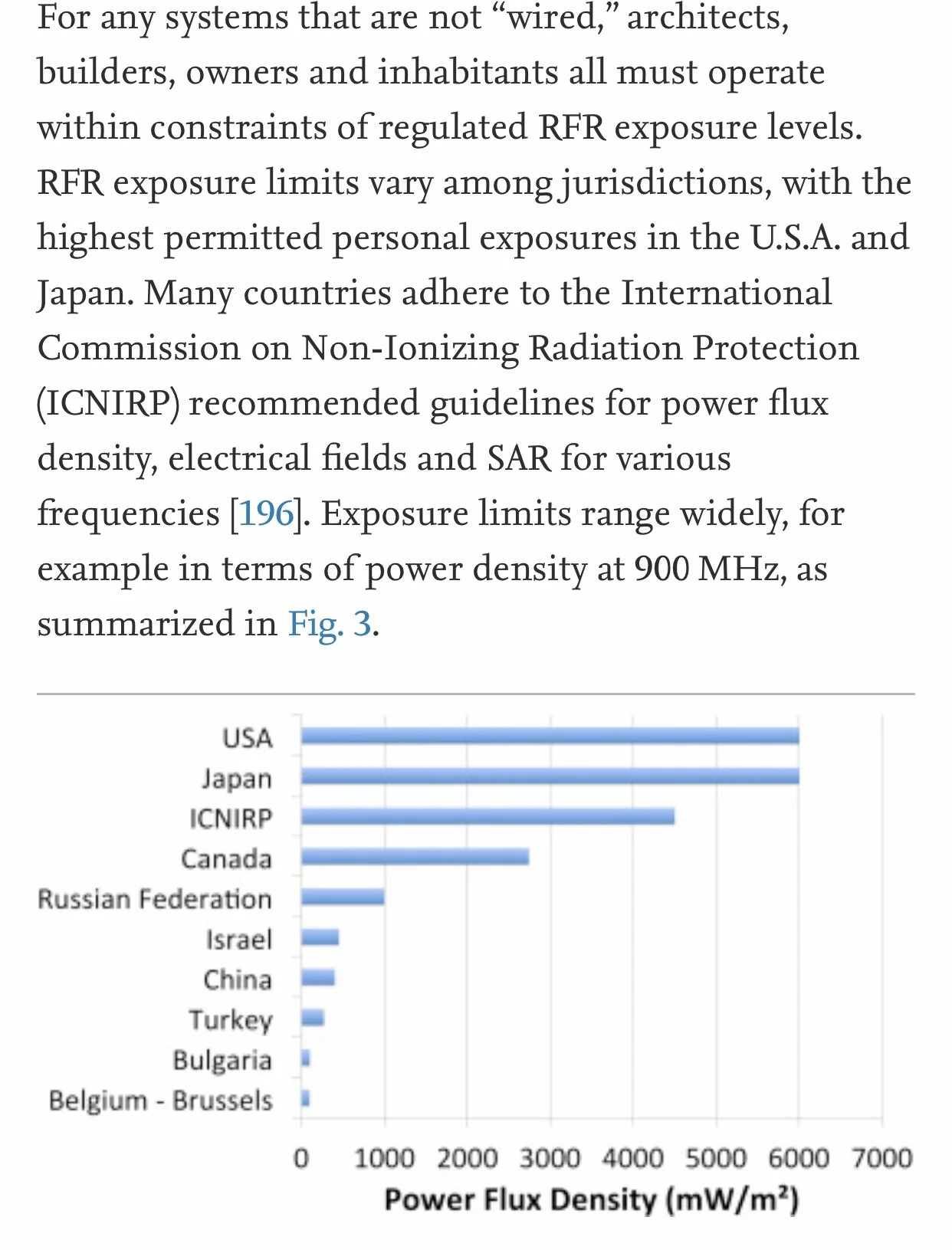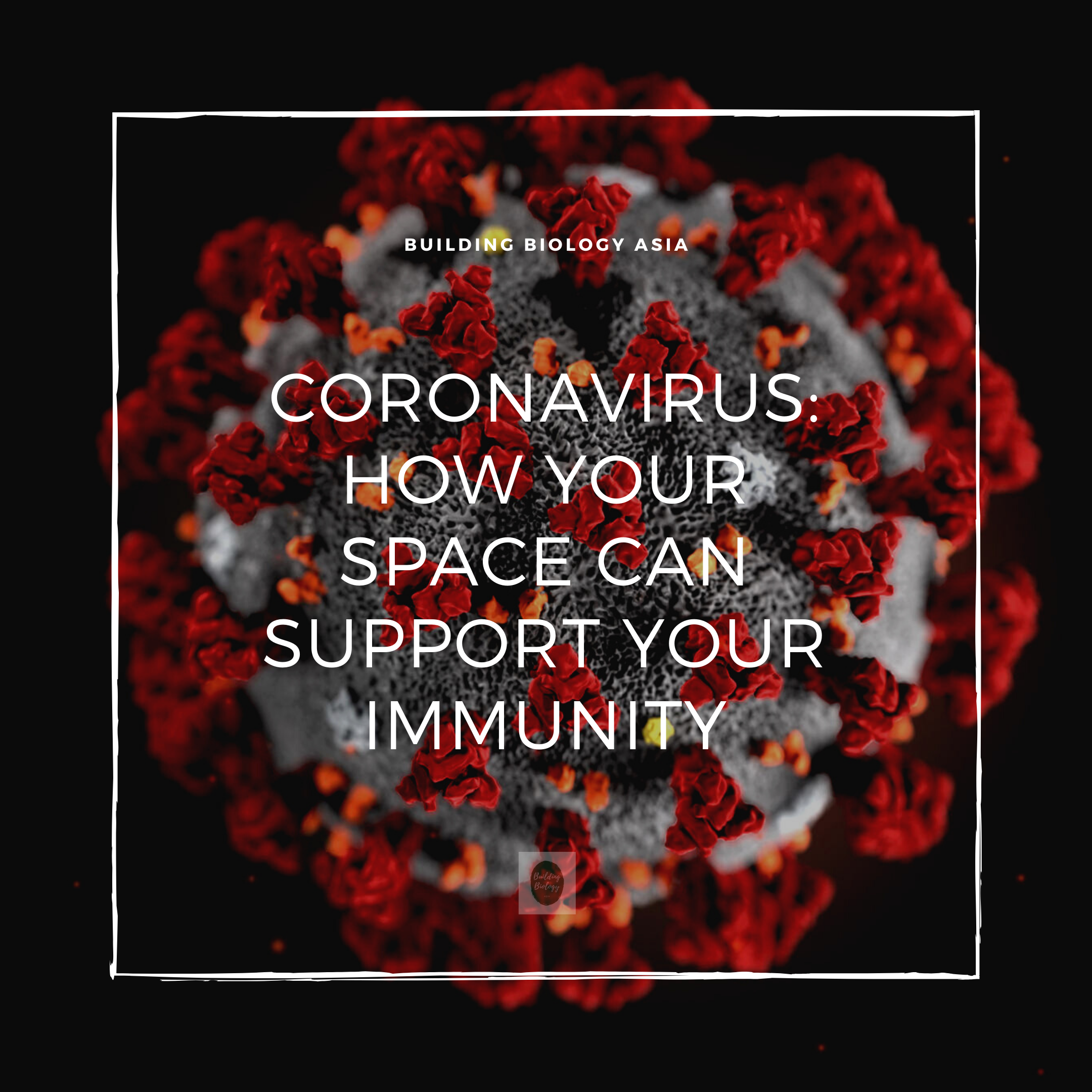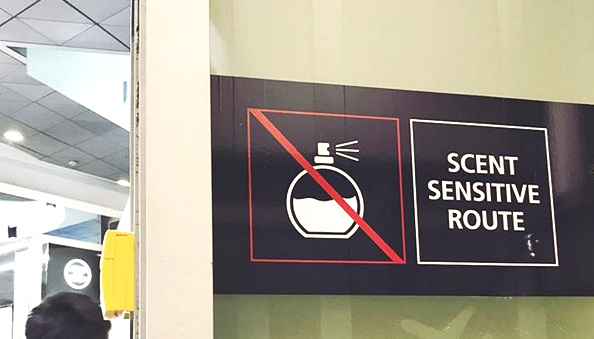This paper examines key reasons as to why action should be taken include potential liability risks when technology is not implemented safely. International measures and guidelines for lower RFR exposure are highlighted. Practices are outlined and recommendations made to minimize the impact of RFR on public and environmental health in the design, construction and maintenance of safer, modern buildings.
Safe Materials: Kitchen Renovation in Malaysia, and A Chat with Christine Lim, E&Q Kitchens Sdn Bhd
When we embarked on our own renovations for a healthy home, the kitchen was a big priority. Fast forward to now — 2020 has put a big spotlight on being indoors at home. We’ve never done so much cooking and eating, hanging out and chores. It’s been a real “test” on how our kitchen choices are working for us and affecting our daily routines. I’m glad to finally share this chat and documentation here
Coronaviruses: How to Keep Your Home Spaces Safe and Immunity Strong
Why Design for Health: Beyond Design for Disability
Universal Design grew out of a disability rights movement and is growing in popularity among homeowners and designers as accessibility products also become more available and attractive. Building Biology specifically address ecological and biological health in buildings. How do the two relate, if they do at all?
Building Biology and Bau-Biologie: A quick history
Germany, along with many European nations, was left in ruins after World War II. In the subsequent years as it rapidly rebuilt its economy and infrastructure, it saw the growth of over industrialised and overpopulated cities and towns.
People also began to notice strange illnesses after the World War. One of these was a doctor named Hubert Palm. He noticed a pattern between the ailments his patients were coming in with and their living in housing built post WWII using the new “chemically enhanced” technologies.









